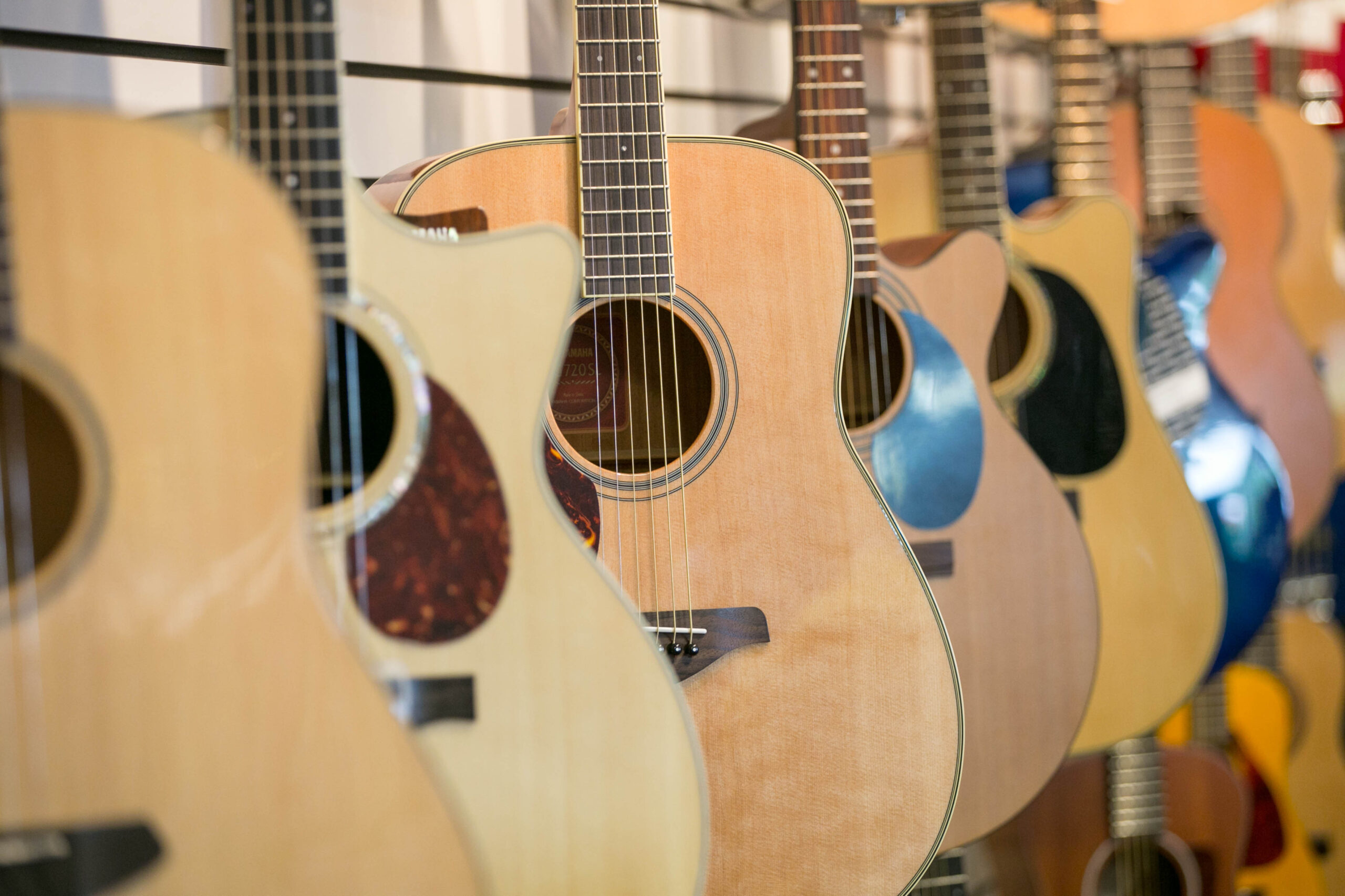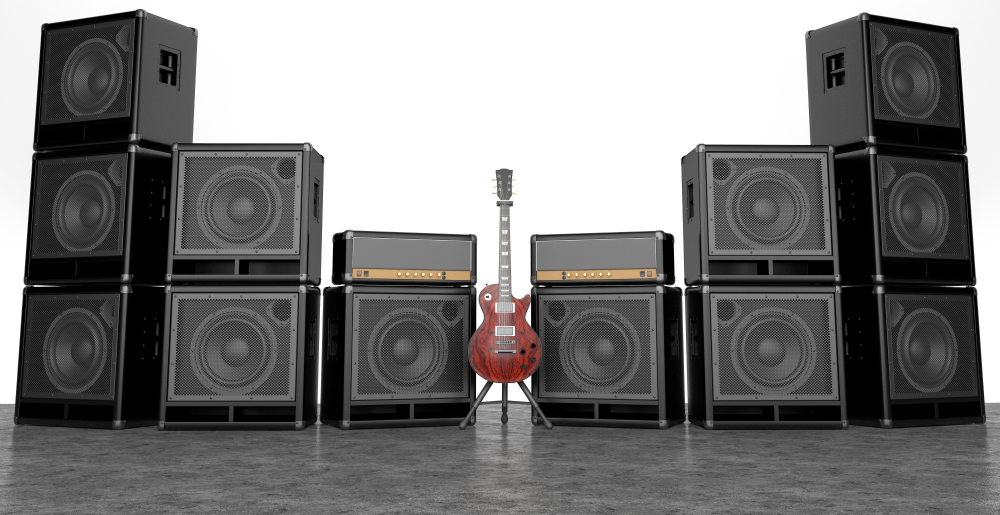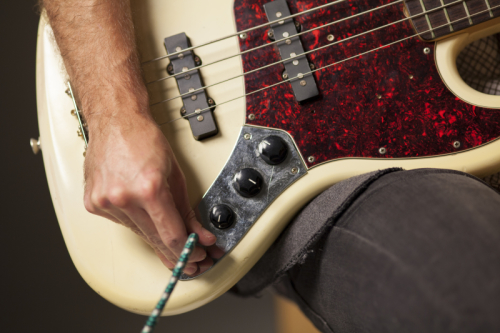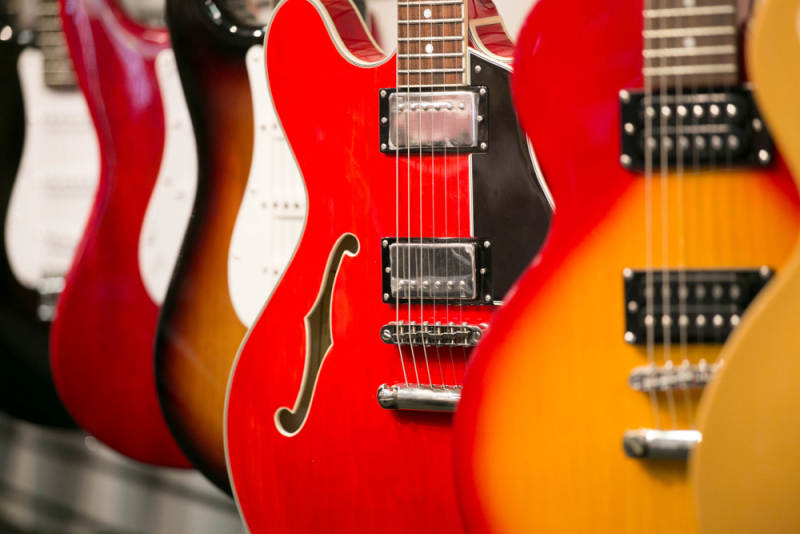April 09, 2015
Buying Guide: How to Buy Studio Monitors


Choosing the right studio monitor is an important milestone for every budding artist. If you are ready to really bring your talents to life, set aside your headphone and laptop set up and start pricing out some studio monitors. Unlike headphones which transmit reverbs of sound directly to your ears, a monitor transmits levels of transparent sound outwards. This gives a true to sound result that you can trust and believe in. A proper studio monitor is not only a financial investment, it’s an important tool that will ensure that you get the most out of your hard work. With so many options available, it can feel pretty overwhelming, especially since you will be living with them for the foreseeable future. We are going to break it down for you, so you’ll feel confident when you’re ready to make the purchase.
What Are Studio Monitors For?
First, ask yourself the vital question ‘What are these for’? If you just want an awesome setup to use around the house, that’s easy! Just choose a monitor that will make you want to get up and dance around. If you need monitors for a professional use, your monitors need to be able to handle mic positions, mix balance and EQ, and maybe even mastering processing. In these instance, you’ll need accuracy above all else.
The monitors need to have a neutral response, not make everything played through them sound better, or brighter—if they make everything sound good, then how will you know when a project you’re recording and mixing for others to hear will sound good on all the other systems it’ll be played on? The only way to make those decisions with confidence is for your monitors to present the sound of the recording/mix-in-progress as is—glitches and all—so you can use that information to make decisions and implement mix moves and fixes that will translate to any other playback system.
The Question of Budget
Next let’s discuss your budget. Knowing how much you are prepared to spend on studio monitors will help you to narrow down your options. Just take a look at your expendable income. If you have $700 to spare, that’s awesome! But if you are most budding musicians, $300 will score you an incredible set up. You should always keep in mind the expenses of production and other equipment you will need as you progress.
Once you have an idea of budget, start thinking about the kind of studio space you will be putting them in. Every musician dreams of a massive setup like you see on a stage. However, that is hardly practical unless all that touring has finally paid off. So if you’re still rocking out in your apartment, a desktop setup, like the Alesis Elevate 3 could be just the thing. Anything that is more than five inches will be difficult to set up in a smaller space. Most musicians stick to five or six for their home set ups. Luckily, these speakers cover all the basics, with studio quality sound and mixed media mixing capabilities.
If you’re working in a genre where the music is likely to be heard on systems with really deep bass (i.e. subwoofers), then you’ll need to know what’s actually down there in your productions, and that means either a larger woofer/cabinet (8”-10”+) .Perhaps you want a standard monitor that’s easy pack up and set up. The Behringer MS20 Digital is the perfect pair. These compact, high resolution monitors reach a powerful 10 watts each. If you want to go big at your next gig, check out the IK Multimedia iLoud Wireless. You’ll get that incredible studio sound with this portable, bluetooth compatible monitor. For a list of all our available monitors, stop by our site to discover the perfect fit.
What Are Your Recording Needs?
Now that you have an idea on the size of your monitors, you need to consider all of your recording needs. The monitor you choose will need to be able to carry all of the grunt work of your recording. Every artists needs a piece of equipment they can trust to carry out all of their mixing and mastering. You will need to be able to make those critical decisions at all stages of production.
The fail proof way to find that perfect frequency is to just give it a listen. Your ears will always tell you what will sound the best. Do your research every step of the way. Read the consumer reviews of the product for some feedback. When you are recording, you will want your monitors to be able to cover your range with ease. When checking the specs of your monitor, keep in mind that the lowest frequency measures in hertz and the highest is in kilohertz. The majority of recording monitors reach 50Hz and upwards of 20kHz. As a rule you do not need to bother with anything higher for basic recording needs. Room resonances in the low-frequency range , will cause the bass to be uneven at different locations in the room, and reflective surfaces—if there are too many, or they’re in delicate locations, the sound will cloud during comb-filtering.
The Possibilities Are Limitless
Try to remember that monitors are not the end all be all of your musical ventures. Although proper monitoring is crucial, it is simply a tool with a means to an end. By doing your due diligence and putting your ears to the test with multiple sound auditions, make the purchase and don’t look back! Once you have them, plug in get right to work. Go ahead and track your music with any type of listening device you have on hand. Test the sound on earbuds, headphones, hifi stereos etc. This will give you a better idea of what other people will be hearing.
Your best bet is to have multiple speakers available, to audition your work on a variety of representative potential playback systems, so you can be sure it’ll translate acceptably whatever the medium. The bottom line here is to make sure that you take advantage of the limitless possibilities your new gear will give to you. Log in thousands of hours towards perfecting your craft to find the best performance out of your new studio monitors.







